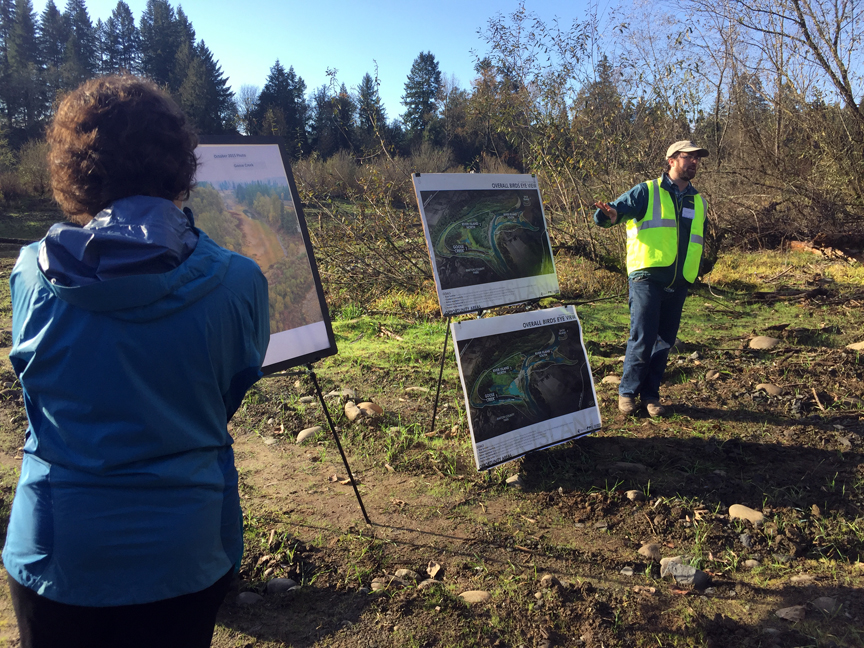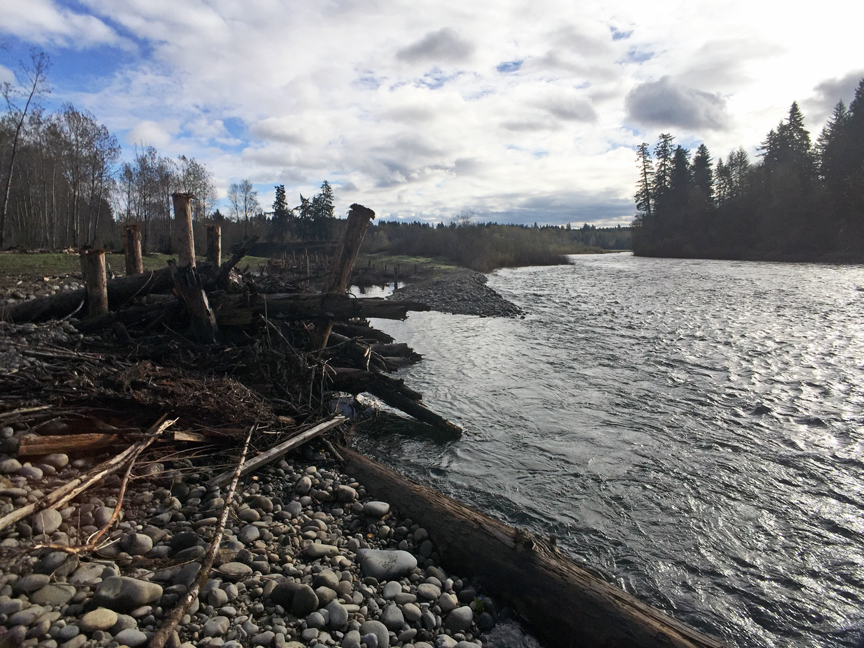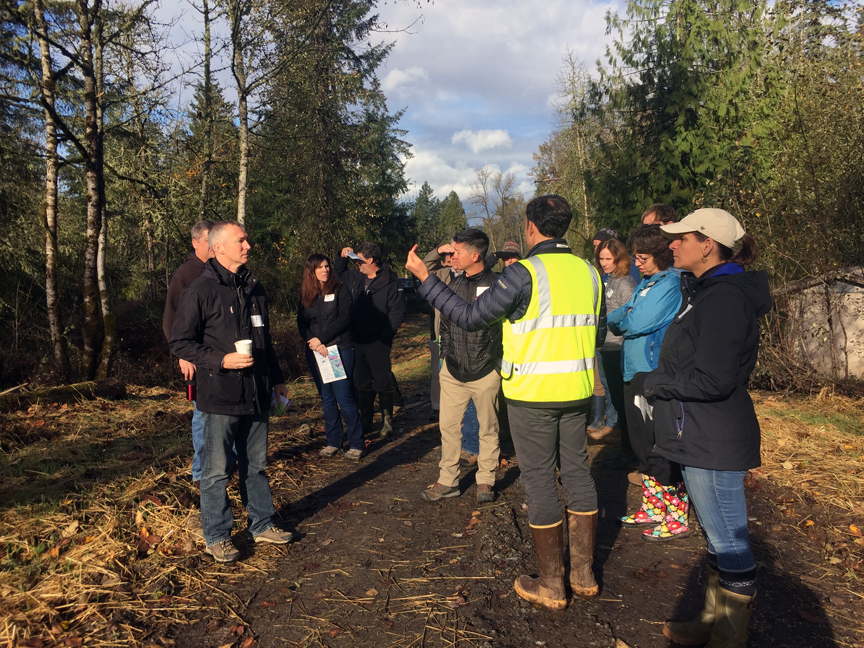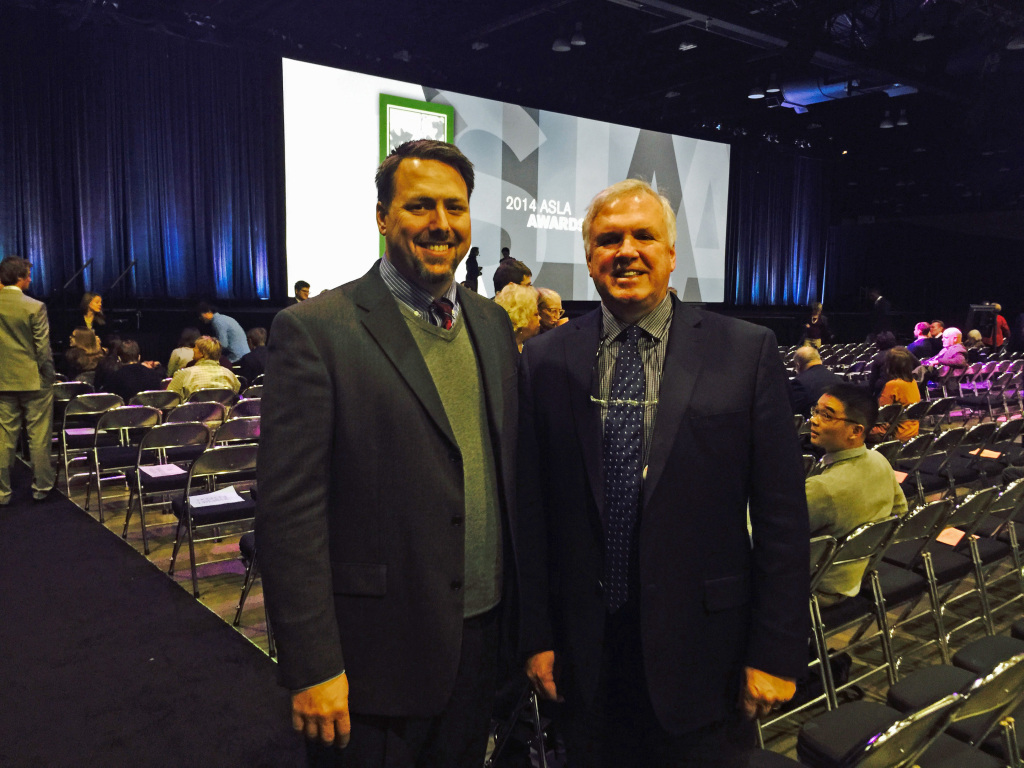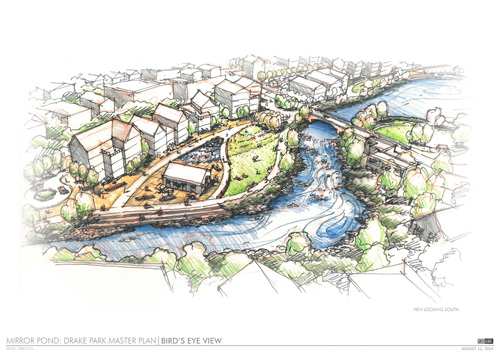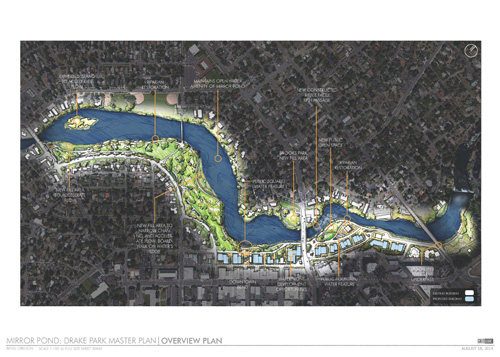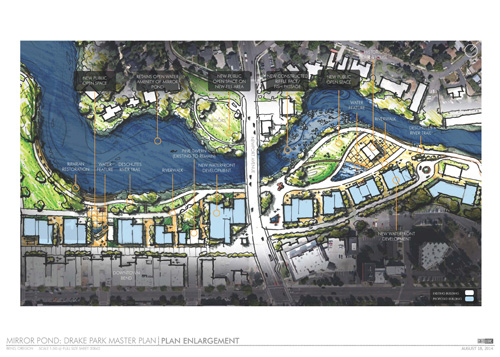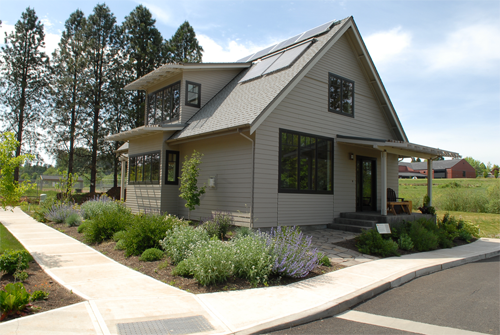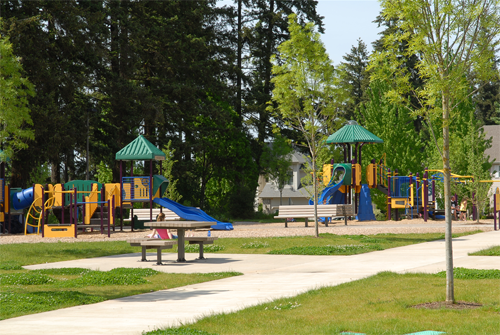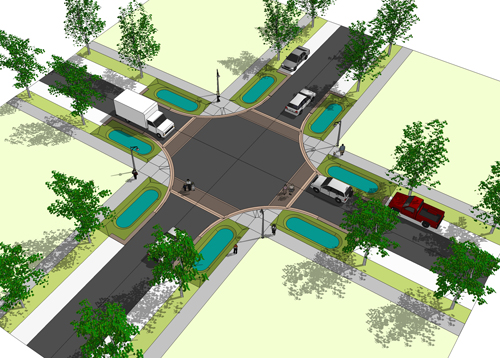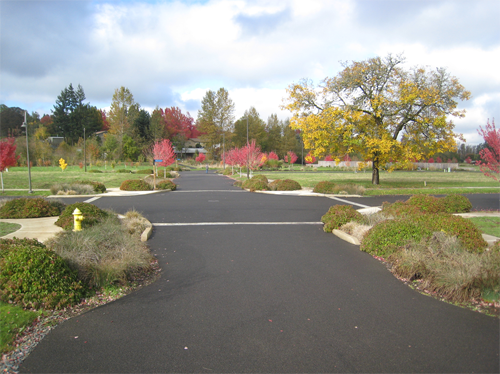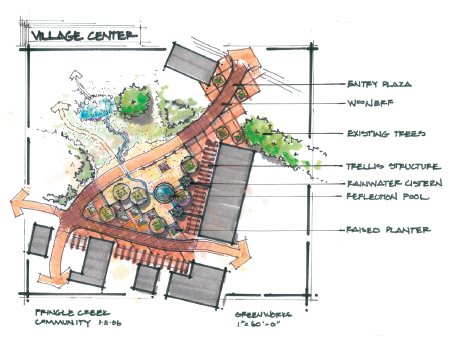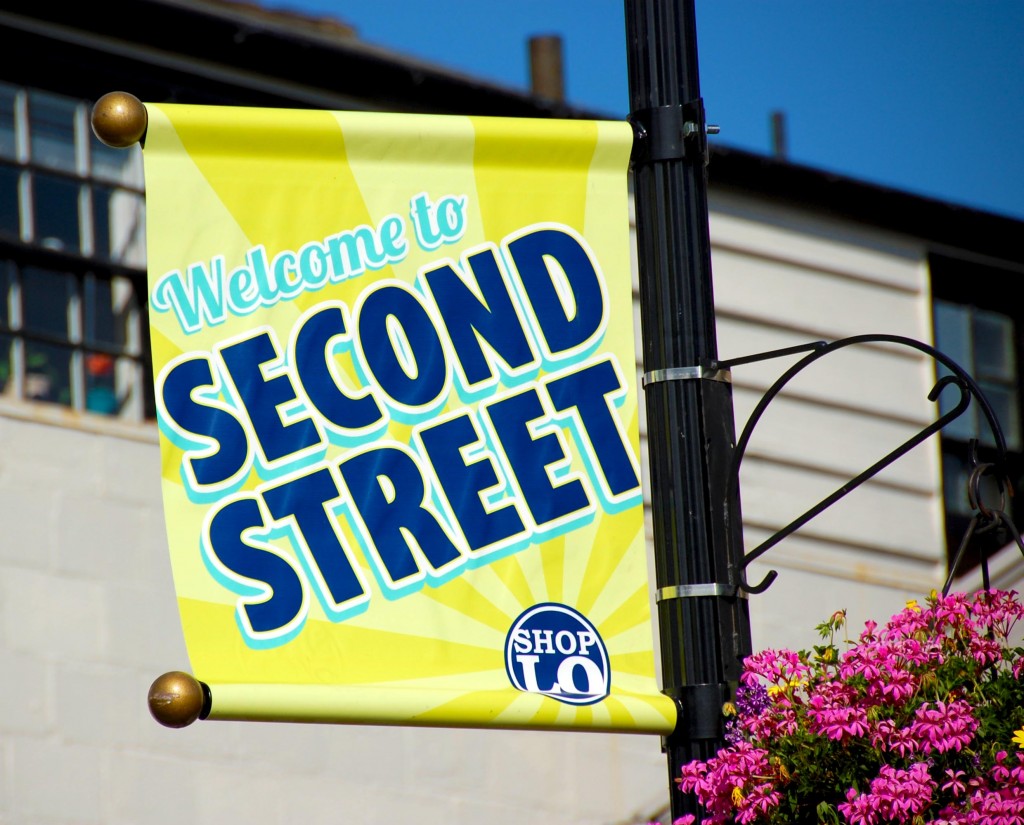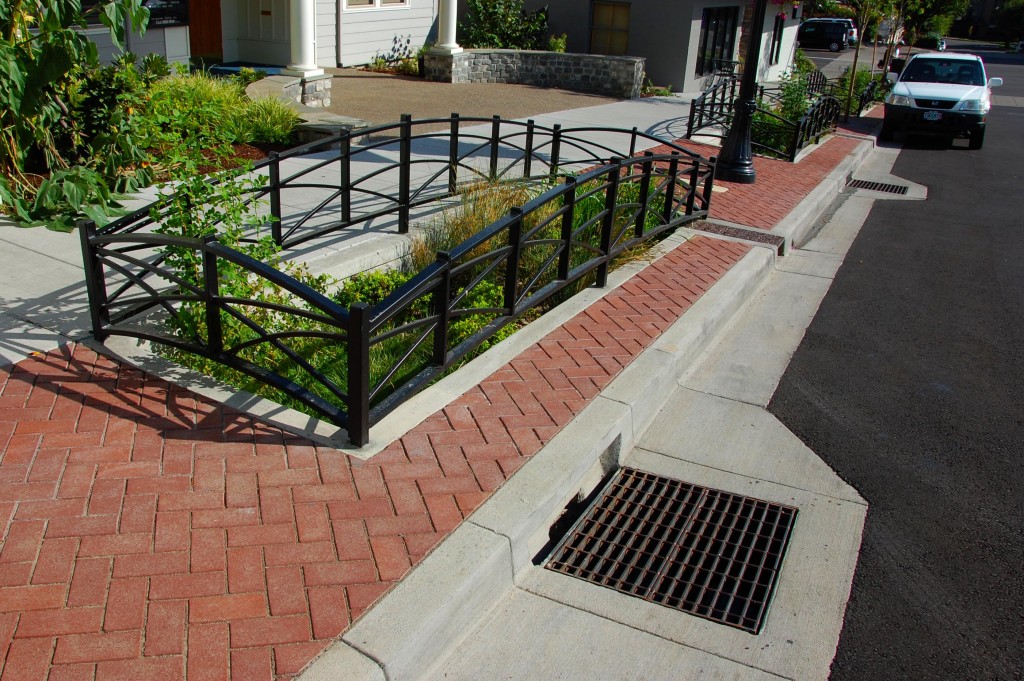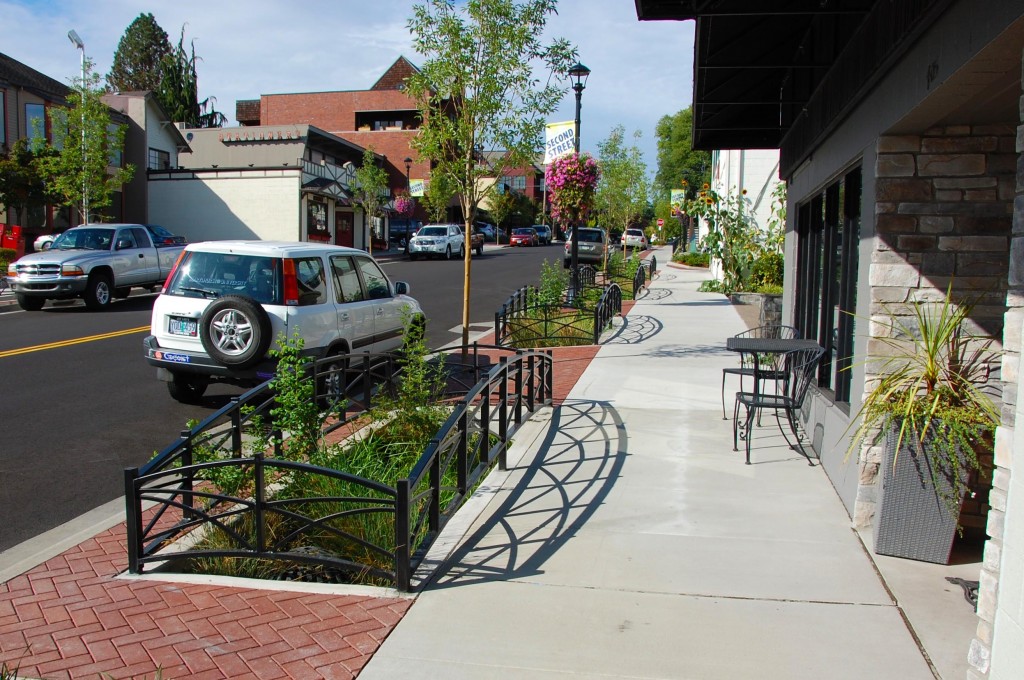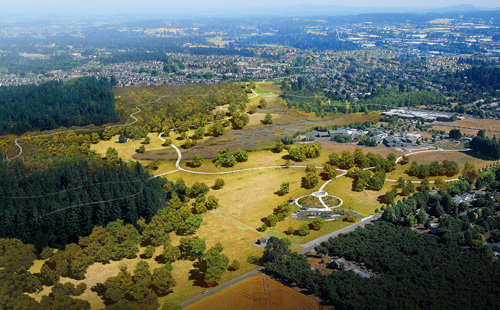Check out this article by Sustainable Business Oregon editor Andy Giegerich announcing upcoming updates to the Portland Trail Blazers’ Moda Center exterior, a project headed by GreenWorks!

We have been working with the Trail Blazers Senior Director of Sustainability, Justin Zeulner, to both beautify the Center’s landscaping with native and drought-resistant plants and replenish the grounds with healthier soils and stormwater facilities, which will “reduce the [site's] landscaping water use by 20-30%” among other progressive initiatives. This work represents what Justin noted as “the first phase of sustainable projects around the arena,” and will further the Trail Blazers’ efforts for sustainability in keeping with their ideals.
Located in the Lloyd Center District, Portland’s first EcoDistrict, the Moda Center earned LEED Gold status in 2010 because of measures that reduced greenhouse gas emissions, energy usage, non-organic and non-local food sourcing, and landfill use, but they’re not stopping there. As Justin suggests, “Every little bit helps.”

The new landscaping designs will become a reality after demolitions in the spring. Click here for more information on the Blazers’ conservation efforts.



